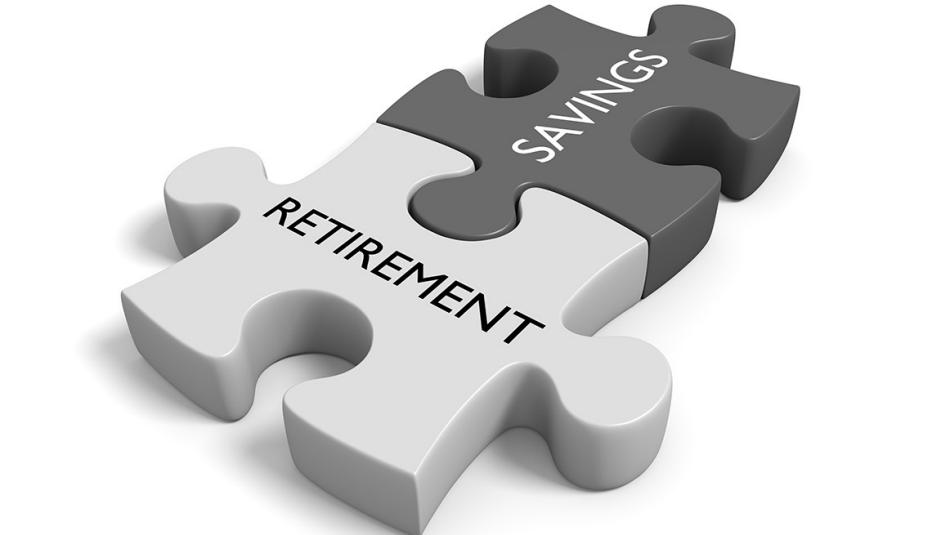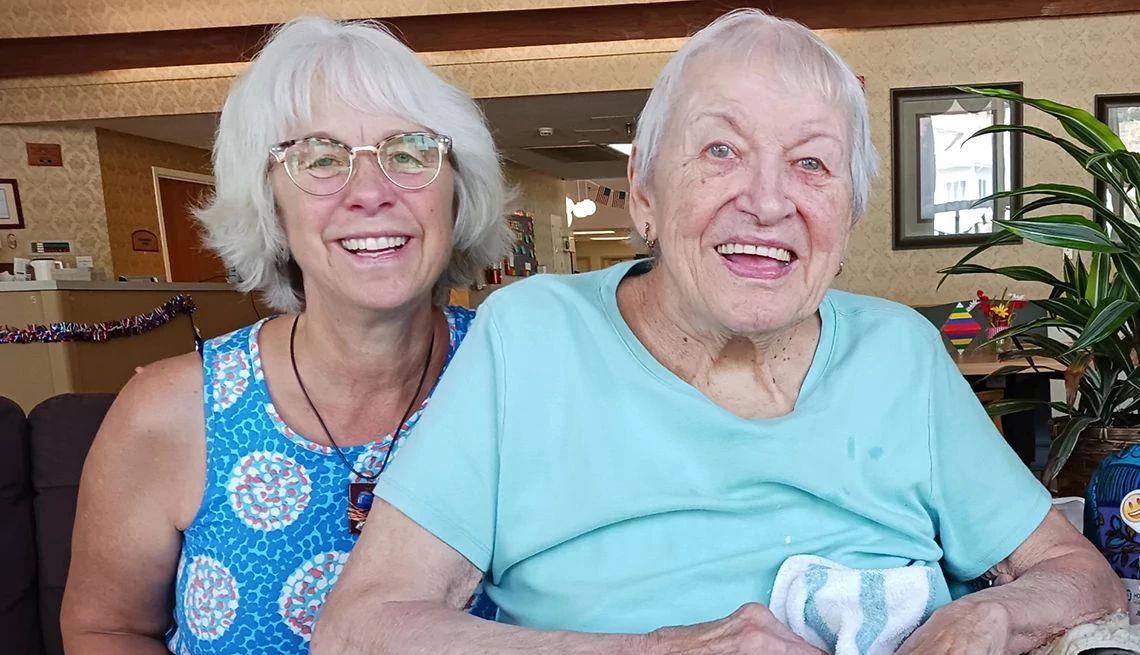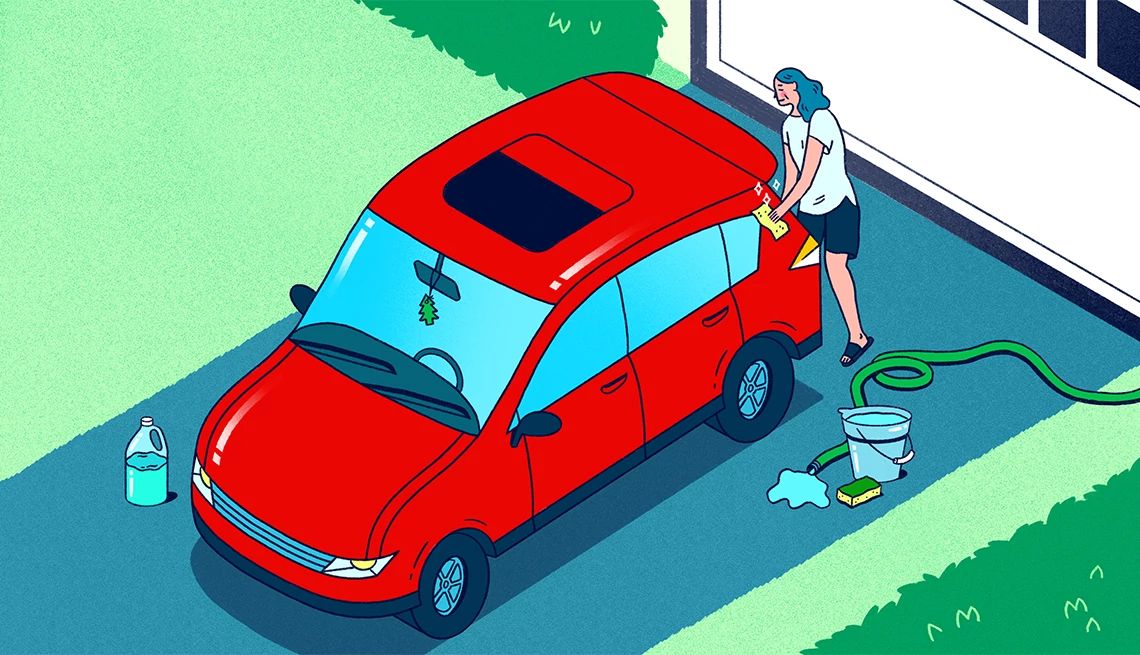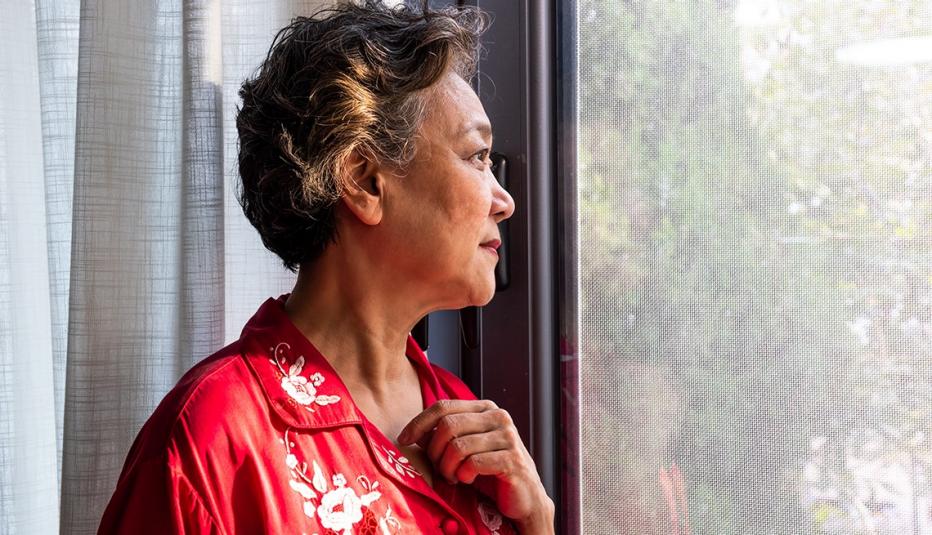AARP Hearing Center
State-facilitated retirement savings programs for private sector workers are already helping many people build retirement security and have the potential to help tens of millions more. Both the employers and individual savers in states that implement such programs will benefit—employers by being able to attract and retain better workers, and savers by having money set aside for retirement in addition to their Social Security benefits. States themselves benefit because workers will have more retirement income and greater financial security, reducing the pressure on government programs to support an aging population with insufficient retirement resources, and contributing to greater economic growth by boosting consumer spending.


A regional or multi-state approach is not essential, but is an option that should be considered. Any state can establish its own, standalone state-facilitated retirement savings program. However, multi-state collaboration could have important advantages.
By joining together, states have the potential to offer better services and reduce the cost of building or supporting a retirement savings platform. A multi-state approach of one kind or another can make the process easier and more cost-effective—and can accelerate the date when a program can become self-sustaining and fees can be reduced. This is true regardless of which type of state savings program the states adopt or which method they use to collaborate.



































































